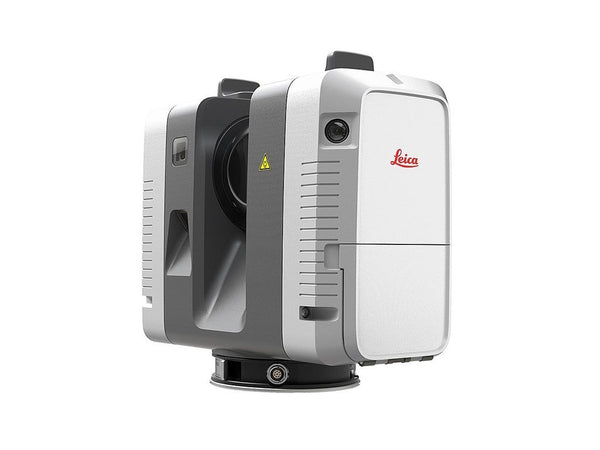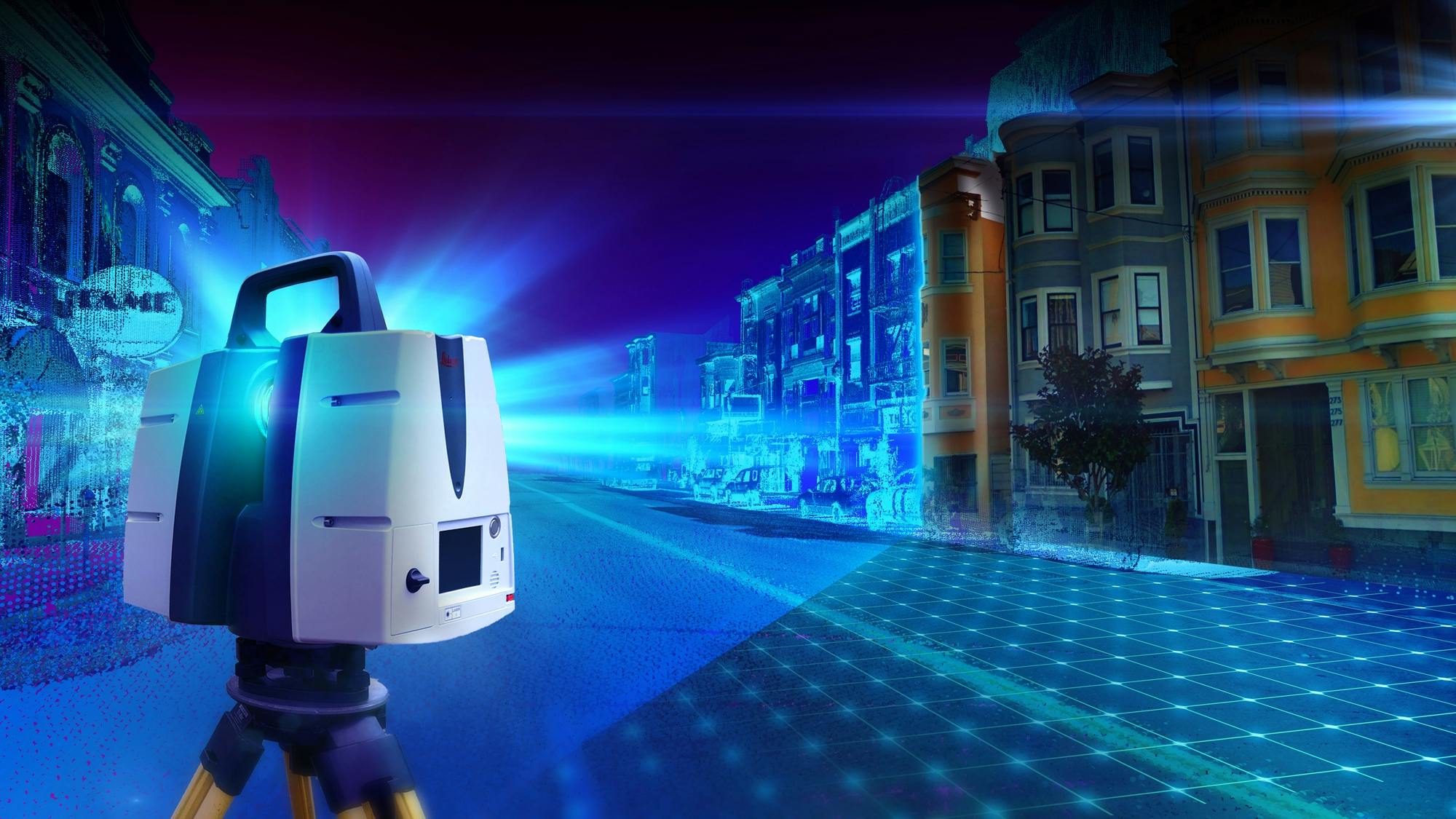How 3D Scanning Streamlines the Design Phase
Wiki Article
Discovering the Applications of 3D Laser Scanning in Archaeology and Cultural Heritage Conservation
The assimilation of 3D laser scanning modern technology in archaeology and cultural heritage conservation marks a considerable development in how historical websites and artefacts are recorded and examined. This non-invasive method offers precise spatial information, revealing complex details that were formerly hard to catch. As the applications of this technology continue to progress, various ramifications for documentation, education, and conservation emerge, inviting more expedition into its transformative influence on the area.Comprehending 3D Laser Scanning Technology
3D laser scanning technology has actually reinvented the field of archaeology by providing specific and in-depth spatial data. This innovative innovation uses laser beam of lights to record countless data factors from an object or website, producing a very precise three-dimensional representation (3D Scanning). The resulting factor clouds can reveal complex details of historical sites, frameworks, and artifacts that may be unnoticeable to the nude eyeUtilizing this innovation, archaeologists can document the exact measurements, shapes, and positions of things with extraordinary accuracy. This approach reduces the threat of human error and removes the demand for substantial hand-operated measurements. Furthermore, the information collected can be examined and shared quickly, promoting collaboration amongst researchers. By incorporating 3D laser scanning with GIS and various other electronic devices, archaeologists improve their capability to imagine and interpret historical contexts, causing much deeper understandings into ancient cultures and environments.
Enhancing Archaeological Paperwork
3D laser scanning substantially boosts historical documents with its ability to develop precise site maps. This innovation assists in in-depth artifact evaluation, offering insights that standard techniques might ignore. Furthermore, it ensures the conservation of contextual data, which is necessary for recognizing the partnerships within archaeological sites.Precise Website Mapping
While typical mapping methods commonly have problem with catching the elaborate information of historical sites, advanced laser scanning technology supplies a cutting edge method to accurate website mapping. This approach allows archaeologists to produce very outlined and accurate three-dimensional representations of websites, showcasing topographical variations and architectural attributes with amazing integrity. The ability to catch millions of information factors in a matter of mins enables detailed paperwork, which can be easily upgraded and shared amongst researchers. In addition, laser scanning assists in the dimension of complex geometries that would certainly be tough to evaluate making use of conventional devices. Because of this, this modern technology improves the accuracy of website maps, contributing substantially to the preservation and understanding of social heritage sources.In-depth Artifact Analysis
Laser scanning innovation considerably improves the analysis of archaeological artefacts, supplying scientists with unprecedented information and accuracy. This technique records elaborate surface area textures, measurements, and features that standard documentation methods might neglect. By creating high-resolution 3D models, scholars can carefully check out artifacts without the threat of damage intrinsic in physical handling. This precision permits for better comparative studies, allowing specialists to identify manufacturing strategies, stylistic variants, and potential cultural relevance. In addition, the ability to control and envision data in three measurements facilitates a much deeper understanding of artifact performance and usage. In general, laser scanning fosters an extra extensive approach to historical paperwork, ensuring that essential details about artifacts is preserved for future research and education and learning.Preservation of Contextual Information
Preserving contextual data is necessary for improving historical paperwork, as it guarantees that findings are recognized within their initial ecological and social structures. 3D laser scanning innovation significantly adds to this conservation effort by capturing comprehensive spatial relationships among artefacts, structures, and their environments. By producing accurate 3D versions, excavators can record the specific places and orientations of items sitting, promoting a detailed understanding of their context. This innovation makes it possible for researchers to revisit and assess sites long after excavation, keeping the honesty of contextual details. On top of that, digital records developed via scanning can be shared around the world, fostering collective research study and public engagement. Ultimately, maintaining contextual information via 3D laser scanning enhances historical narratives and advertises a much more extensive appreciation of cultural heritage.Preservation of Cultural Heritage Sites
As improvements in innovation remain to evolve, the conservation of cultural heritage websites has actually become significantly reliant on cutting-edge methods such as 3D laser scanning. This modern technology permits the thorough paperwork of landscapes, artefacts, and structures, catching their exact measurements and spatial partnerships in a non-invasive way. By producing high-resolution 3D versions, researchers can check and analyze deterioration patterns, allowing aggressive conservation approaches.Additionally, 3D laser scanning promotes the sharing of detailed site information with the international community, promoting partnership amongst chroniclers, preservationists, and archaeologists. These models act as vital sources for education and learning and public engagement, raising awareness of social heritage concerns. Additionally, the digital records created can guard versus loss because of environmental variables, vandalism, or disregard. Overall, 3D laser scanning stands for a transformative strategy to the conservation of social heritage, making certain that these sites can be researched and valued by future generations.

Restoration and Reconstruction Efforts
The detailed paperwork achieved through 3D laser scanning plays a considerable role in remediation and reconstruction efforts within archaeology. This modern technology provides exact dimensions and high-resolution images, enabling for exact digital versions of frameworks and artifacts. These models serve as important references throughout repair procedures, enabling archaeologists to make and picture the initial design informed decisions regarding products and methods required for fixing.Moreover, 3D laser scanning assists in the restoration of harmed or lost aspects by developing detailed replicas. This procedure help in ensuring that reconstructions maintain historical integrity while also enabling innovative approaches to restore sites. The capacity to assess wear patterns and architectural weak points via checked information improves understanding of a site's historical context and its usage with time. 3D laser scanning not only preserves the physical facets of social heritage however also improves the story of history, guiding future reconstruction undertakings.
Educational and Research Opportunities
The assimilation of 3D laser scanning in archaeology opens up substantial academic and research possibilities. Academic partnerships can boost the understanding of ancient websites, while specialized training workshops equip specialists with vital skills for using this technology. With each other, these campaigns foster a richer interaction with archaeological practices and methods.Academic Collaborations in Archaeology
Joint efforts in archaeology have come to be increasingly necessary for progressing both academic and study chances. By cultivating partnerships among colleges, study organizations, and social heritage organizations, these cooperations facilitate the exchange of understanding and resources, boosting click this link the high quality of historical researches. Joint jobs often take advantage of diverse competence, permitting for cutting-edge techniques and comprehensive evaluations, specifically in the application of technologies like 3D laser scanning. Such collaborations also promote interdisciplinary approaches, engaging areas such as preservation, background, and location scientific research. Furthermore, academic partnerships frequently result in the advancement of brand-new educational programs and training programs, preparing the following generation of archaeologists to efficiently make use of innovative innovations in their job. Inevitably, these partnerships add to the conservation and understanding of social heritage.Training Workshops for Professionals
Training workshops for professionals in archaeology are progressively crucial for boosting skills in the application of advanced modern technologies such as 3D laser scanning. These workshops provide participants with hands-on experience in making use of cutting-edge equipment and software program, cultivating a much deeper understanding of information capture and analysis processes. Experts can learn to produce accurate electronic designs of historical sites, which considerably help in documentation and conservation efforts. Furthermore, these training sessions typically include discussions on ideal techniques and situation researches, promoting expertise exchange among participants. By buying continuous education, experts can remain updated on progressing innovations, ultimately Your Domain Name enhancing the effectiveness of their research and cultural heritage conservation efforts. This commitment to skill improvement is vital for progressing the area of archaeology.Future Trends in 3D Laser Scanning for Archaeology
As improvements in innovation remain to reshape different fields, the future of 3D laser scanning in archaeology guarantees to boost both the precision and efficiency of website documents and evaluation. Emerging patterns show a growing combination of expert system and machine knowing, promoting automated information processing and interpretation. This advancement will allow excavators to assess complex datasets quicker, resulting in faster understandings right into historical contexts.Moreover, the integration of drone technology with 3D laser scanning is likely to broaden, making it possible for complete airborne studies of historical websites that are hard to access. The boosting price of scanning equipment will equalize accessibility, empowering smaller organizations and independent researchers to use these devices properly. Additionally, advancements in virtual truth and enhanced fact will certainly enable immersive experiences for public engagement and education and learning, making historical findings a lot more easily accessible and interactive. These fads jointly signify a transformative future for archaeology, boosting preservation initiatives and increasing the self-control's outreach.
Regularly Asked Concerns
Just How Much Does 3D Laser Scanning Devices Cost?

What Are the Limitations of 3D Laser Scanning?
The restrictions of 3D laser scanning consist of high expenses, possible information handling obstacles, level of sensitivity to environmental conditions, and problem catching intricate details in complicated surface areas, which can influence the precision and efficiency of checked depictions. (3D Scanning)
Can 3D Laser Scanning Be Made Use Of Underwater?
Yes, 3D laser scanning can be used underwater, but it calls for customized devices and methods to get over obstacles such as water distortion and restricted visibility. Successful applications have been demonstrated in aquatic archaeology and undersea studies.For how long Does a Scanning Task Normally Take?
A scanning job typically takes anywhere from a couple of days to several weeks, relying on the complexity and dimension of the area being checked, together with the prep work and post-processing requirements associated with the i was reading this task.Are There Particular Software Demands for Processing 3D Checks?
Yes, particular software program demands for refining 3D scans include programs efficient in handling big factor clouds, such as Autodesk ReCap, Cyclone, or MeshLab. These devices facilitate analysis, visualization, and assimilation into numerous applications efficiently.The combination of 3D laser scanning modern technology in archaeology and cultural heritage conservation notes a significant improvement in how historical websites and artefacts are documented and evaluated. 3D laser scanning modern technology has transformed the area of archaeology by providing detailed and accurate spatial information. As advancements in technology proceed to progress, the conservation of social heritage websites has actually ended up being increasingly reliant on ingenious approaches such as 3D laser scanning. As advancements in innovation proceed to reshape different areas, the future of 3D laser scanning in archaeology promises to improve both the precision and effectiveness of website documents and evaluation. The combination of drone innovation with 3D laser scanning is likely to broaden, allowing detailed airborne studies of historical sites that are challenging to accessibility.
Report this wiki page